Blastomycosis Treatment In Dogs
Blastomycosis treatment in dogs. Additionally there was not a significance increase in toxicity characterized by an increased ALT in the fluconazole group. Treatment Of Blastomycosis In Dogs As mentioned earlier the sooner we notice symptoms of Blastomycosis in dogs the higher chance of saving our pets from this deadly disease. Treatment must usually be given for 60-90 days.
The safest and most effective way to treat Blasto is oral administration of the anti-fungal drug Itraconazole. Itraconazole 5 mgkgday is the treatment of choice for dogs and cats with blastomycosis. 153 and 169 days range 107 to 550 days whereas in group 2 infection recurred at a mean and median Table 2.
Most dogs diagnosed with blastomycosis can be treated with prescription oral anti-fungal medication prescribed by their vet. Although itraconazole has been considered the treatment of choice for blastomycosis a 2011 study of 144 dogs found that there was not a significant difference in relapse rates or treatment response. Severely ill patients need to be hospitalized and receive intravenous medication which can have serious side effects and be quite costly.
Other drugs may be given if Itraconazole is not effective. Itraconazole is the preferred drug of treatment for most dogs. 98 It is likely that when naturally exposed some dogs develop mild respiratory signs and recover spontaneously.
Unfortunately there is no vaccine to help with the prevention of blastomycosis in dogs. Blastomycosis recurred in group 1 at a mean and median time of 226. Topical treatment of skin lesions and respiratory treatments such as nebulization may be recommended as well.
A minimum of 2 mo of treatment is necessary and the drug should be continued until active disease is not apparent. Dogs usually are infected after inhaling fungal spores in the environment. Amphotericin B Abelcet ketoconazole or a combination of medications may be used in certain cases.
The standard fungicide used to treat blasto is itraconazole though fluconazole can be used as well. Itraconazole is currently the treatment of choice for blastomycosis in dogs.
Other drugs may be given if Itraconazole is not effective.
Dogs may require several months at least four to six months in most cases of therapy to successfully treat this disease. The typical dosage to achieve therapeutic blood concentration is 5 mgkgd although therapeutic drug monitoring is highly. Dogs usually are infected after inhaling fungal spores in the environment. The safest and most effective way to treat Blasto is oral administration of the anti-fungal drug Itraconazole. A majority of dogs experimentally infected by exposure to contaminated soil recover from blastomycosis without treatment. What is blastomycosis in dogs. Prognosis depends on the organs affected the health of the animal and the severity of the disease when treatment is started. Additionally there was not a significance increase in toxicity characterized by an increased ALT in the fluconazole group. Once a definitive diagnosis of blastomycosis has been made treatment with anti-fungal drugs should start immediately.
Blastomycosis is a fungal infection caused by Blastomyces dermatitidis a fungus that lives in the soil and decaying organic matter such as rotting vegetation. Lucky for you we live in an era where medications are developed and improved rapidly day by day. The typical dosage to achieve therapeutic blood concentration is 5 mgkgd although therapeutic drug monitoring is highly. Dogs may require several months at least four to six months in most cases of therapy to successfully treat this disease. Ketoconazole is used in animals with poor kidney function and with less serious form of the disease as. Early treatment is vital when it comes to blastomycosis in dogs. 153 and 169 days range 107 to 550 days whereas in group 2 infection recurred at a mean and median Table 2.



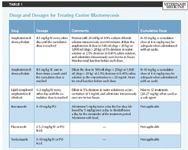
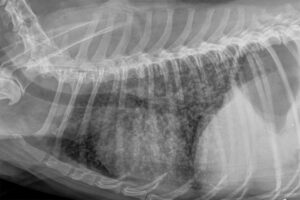



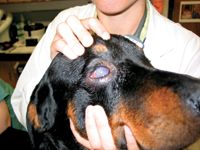





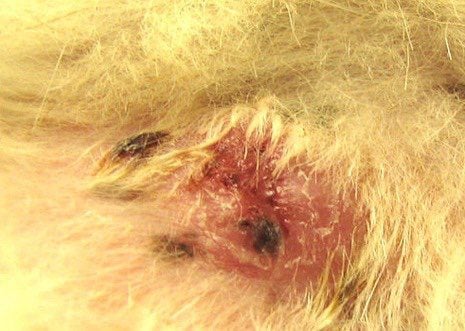
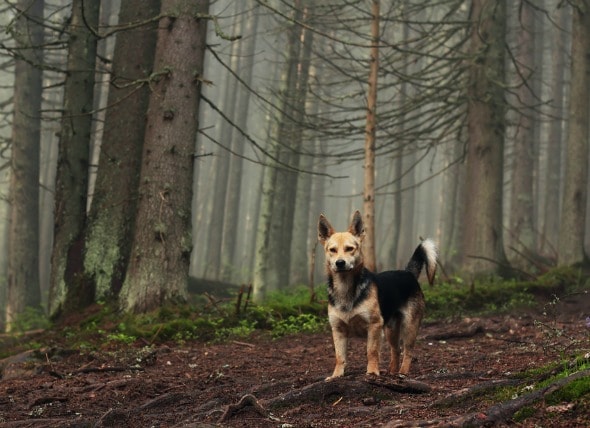
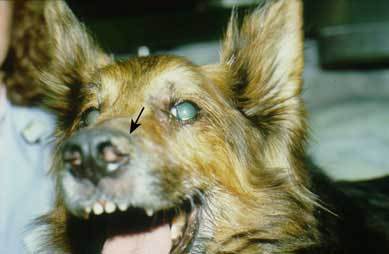

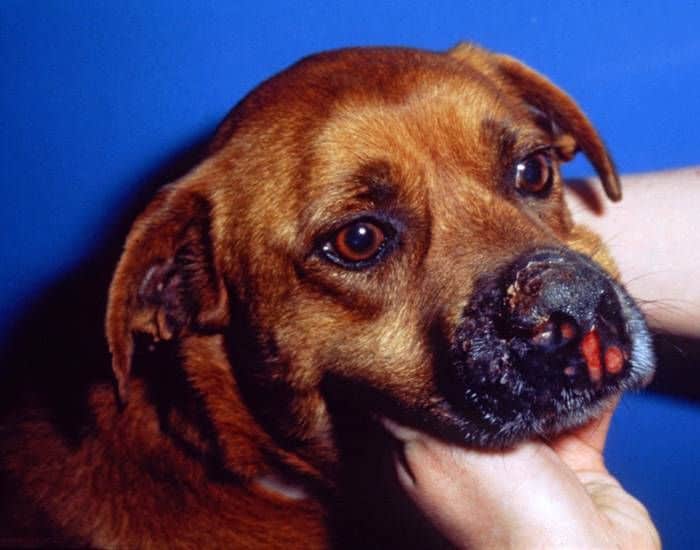

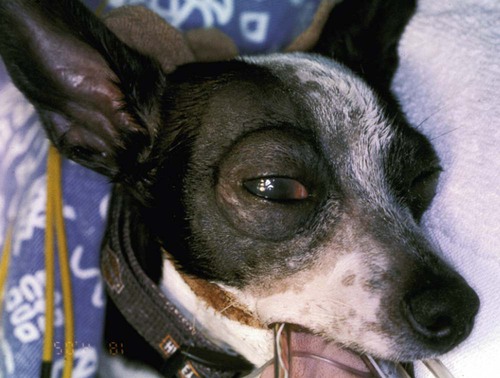

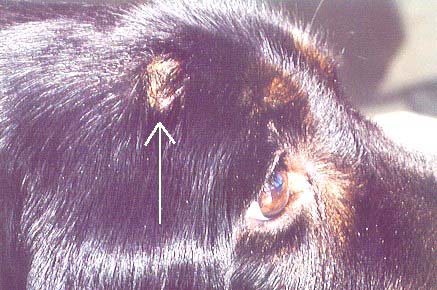
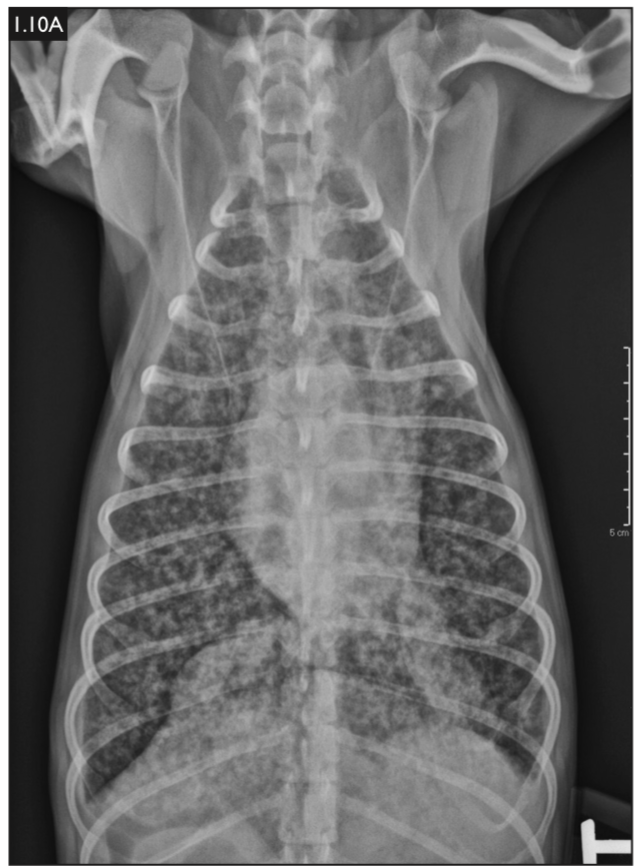


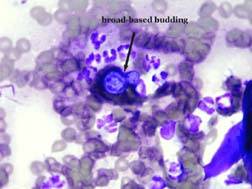


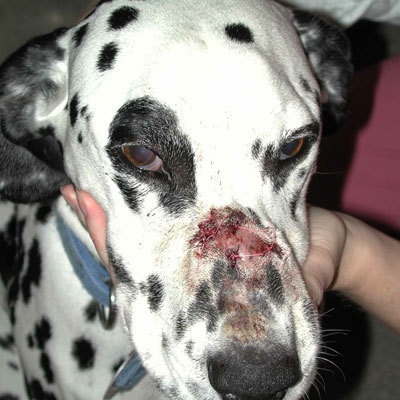
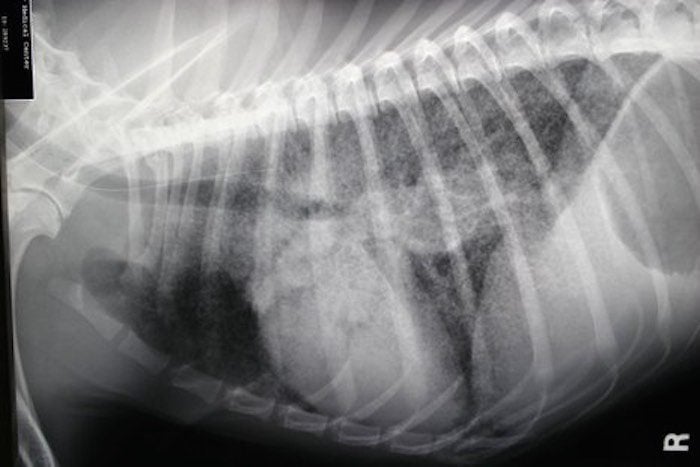
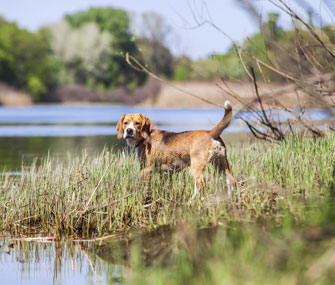




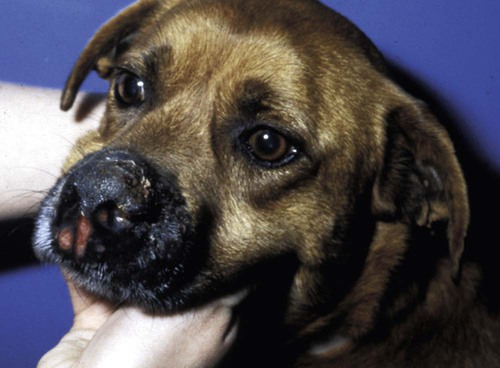







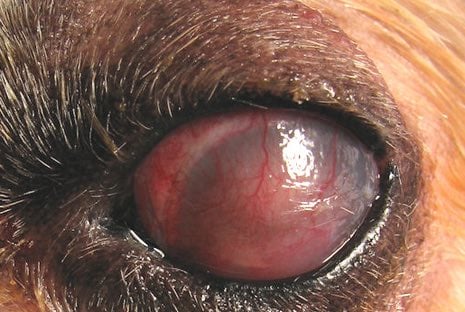
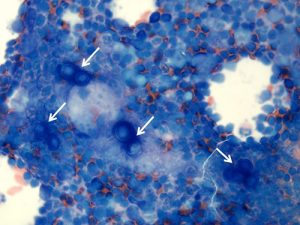
Post a Comment for "Blastomycosis Treatment In Dogs"